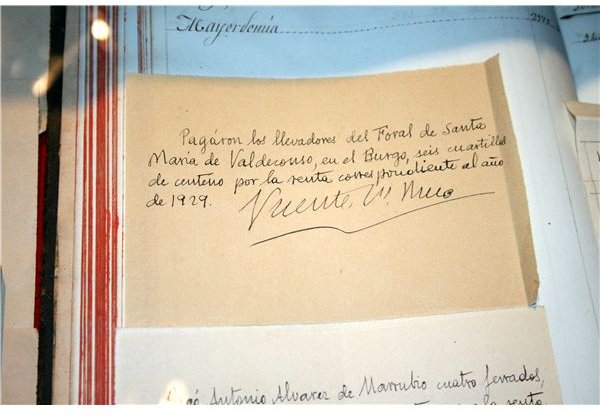Download a Free Standard Receipt Template
A receipt is a written acknowledgment that the person or firm issuing the receipt has received the specified amount of sum for the purpose specified in the receipt.
You can download a free standard receipt template from the Bright Hub Media Gallery. This is a generic receipt. Individuals and firms can customize this receipt to suit any transaction.
Header
Most receipts have a header that lists out the name, address, and contact details of the issuer or the payee. In the standard receipt template downloaded, include likewise in the space provided.
The date is an important element. The important point to note is the date here is the date of issue of receipt, and not necessarily the date of payment. The date of payment finds mention later in the body of the receipt.
The serial number of the receipt is an optional feature, but useful to keep track of receipts, and refer to the receipt later on. One good practice is to group the serial number year wise or month wise, such as 2011:1, 2011:2, 2011:3, or 2011/3:1, 2011/3:2, 2011/4:1 and the like. Another option, relevant when the business deals only with regular and limited number of clients, is to sort the receipt client wise. Example of such receipt numbering would be 1-2011:1, 4-2011/3:1, and the like.
Main Body
The first inclusion in the body of the receipt is the name and address of the person making the payment. Make sure to include the name and address exactly as it appears in the agreement, invoice, bill or any other document based on which the payment bases itself. When writing down the address, make sure to include the city, state, and zip code. A post box number may also be included.
The second element in the body is the amount. Mention the amount in both figures and words to remove all scope of ambiguity. Mention the mode of payment, cash, check, bank check, money order, electronic transfer, or any other means in the space provided. Mention details such as check number, date of check, or other similar details. Mention the date of payment if it differs from the date of issue of receipt.
Indicate whether the payment is a full payment, partial payment, or installment option as relevant. This is an optional feature and many receipts do not have this option, with the mention of partial payment or installments forming part of the description. If payment is in installments, specify the installment number and the total number of installments in the space provided.
The next element in the body of the receipt is the description. This is a very important part of the receipt. The more comprehensive and exact the description, the lesser the scope for ambiguity, and disputes later on. Make sure to write a comprehensive description of the nature of work for which the payment is made, the timeline of deliverables in payment is received in advance, the inclusions and exclusions of the contract, and any other relevant details.
Specifying the payment is for a specific invoice or bill is a good practice that lends clarity to the receipt, but is nevertheless an optional feature.
Footer
The signature of the payee, or the issuer of the receipt is a compulsory feature in any standard receipt template. Receipts are invalid without a signature. Many electronic receipts nevertheless do not have a signature, in which case the wordings “This is an electronic receipt and does not require a signature” is written, and the senders e-mail ID serves as proof of issue. The options available for digital signatures now redress this limitation of electronic receipts.
Repeating the issuer’s name and address, the place of issue, taking the payer’s signature to ensure accuracy of the receipt, and including the witnesses’ name, signature and address are all optional features.
A receipt is a legal document and serves not only as proof of payment, but also helps the individual or firm issuing the receipt to keep track of its cash inflows and work schedules. Using a standard receipt template serves to issue uniform and consistent receipts.
References
- “Receipt” https://wordnetweb.princeton.edu/perl/webwn?s=receipt. Retrieved March 31, 2011.
- “Receipt Form, Receipt Template.” https://www.8ws.org/receipt.htm. Retrieved March 31, 2011.
Image Credit: Wikimedia Commons
